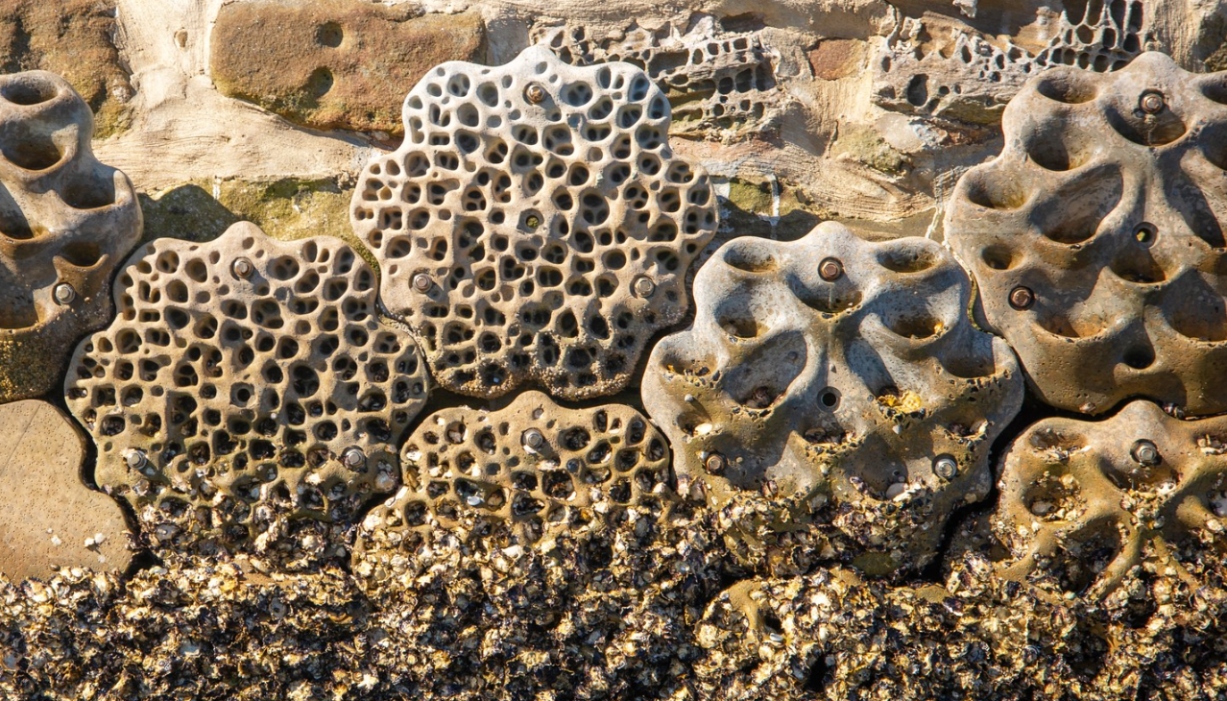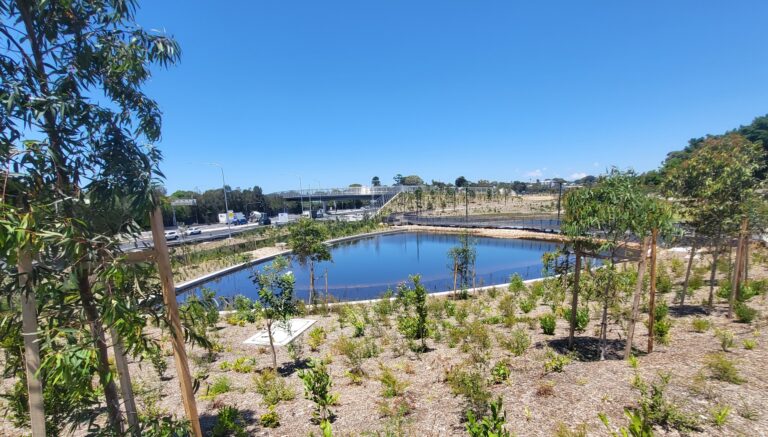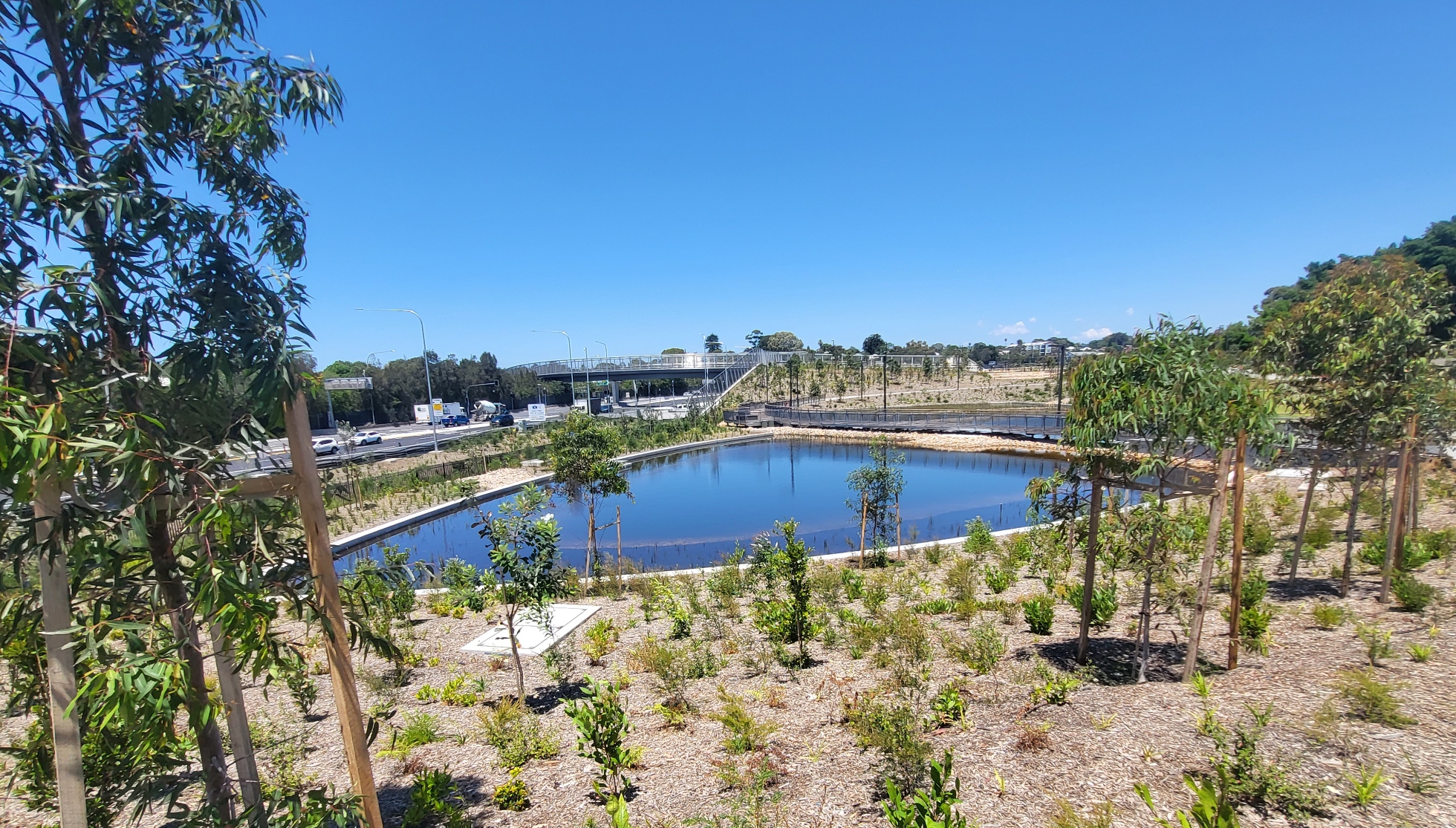

by HOPE PRATT
A team at the University of New South Wales have created an innovative design that could save Sydney Harbour.
By altering the design of the harbour’s seawalls, over 150 marine species will be able to flourish in areas where they couldn’t before.
In a flagship project called Living Seawalls, Associate Professor Mayer Pinto, a marine ecologist from UNSW Sydney and the Sydney Institute of Marine Science (SIMS), along with her team are working to lure marine life back to the harbour after years of pollution and urbanisation.
Sea walls around Sydney Harbour are now being fitted with tiles designed to mimic natural microhabitats to revive the biodiversity of the city shorelines.
The tiles are specifically designed with crevices, indents, and pockets sculpted into them, mimicking natural rocky features. They are then 3D-printed, and can be fitted together like a mosaic.
Speaking to City Hub, Professor Pinto said in certain spots in Sydney Harbour, there has been an over 30 per cent increase in biodiversity since the first Living Seawalls was installed in 2018.
“Our main goal is to revitalise urban areas and to change the way construction is done in the marine environment so any new developments, if inevitable, are built for both humans and nature.”
Since the start of the project, there are now over 20 installations in Australia.
The Living Seawalls project has also spread internationally, now existing in Plymouth, England, Wales, Singapore and more.
View this post on Instagram
The Damage
As sea construction has rapidly increased over recent decades, the disruption to seabeds and natural habitats has endangered the marine life that keeps ocean ecosystems stable.
Fisheries, carbon storage, and water quality all rely on sea life like seaweed, mussels, and oysters to operate in a healthy manner.
This is a double edged sword as infrastructure such as seawalls, pilings, pontoons and marinas do serve industrial and protective purposes.
Regular sea walls, for example, protect shorelines from erosion and rising sea levels — an increasing issue felt around the world.
However, the smooth and artificial materials used to build such infrastructure clashes with natural processes, leaving marine life to suffer.
Jaimie Potts, Senior Environmental Scientist at the NSW Department of Planning, said the project is a way to mitigate rising sea levels while allowing biodiversity to prosper.
“As sea levels rise, our coastal communities will need to adapt,” she said.
“Living Seawalls is using smart design to enhance ecological value and meet the challenges of a changing climate.”
View this post on Instagram
The team has since developed new products for the project: the Living Boulders and the Living Pilings.
“These products are to enhance other infrastructure such as pilings and breakwaters,” explained Professor Pinto.
Currently, the Living Boulders are installed in Lavender Bay, and the Living Pilings at Sawmiller Reserve.
“[We] are conducting monitoring to see how diversity changes in these places, using a similar experimental design to the Living Seawalls habitat panels,” she continued.
“The future is hopefully to keep increasing and diversifying the products and the designs to other infrastructure.”








